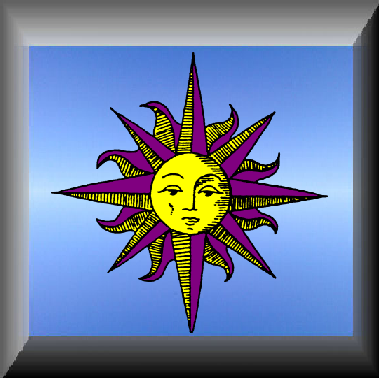VITAE ESSENTIA
The Essence of Life
Manono
Common Names: Manono, Kanono, Pāpāuma, Raurēkau
Māori names: Kanono, Manono, Raurēkau (East Coast), Raurākau, Kānonono, Kapukiore, Kawariki, Pāpāuma, Tapatapauma, Patutiketike, Kākawariki, Karamū-kueo; Toherāoa (Best 1908).
Fruit: Kueo
Trunk: Manono
Leaves: Raurākau (Best).
Botanical Name:
Family: Rubiaceae (Coffee family)
Description:
This plant is a large leafed Coprosma, as the name suggests. Manono is a slender shrub that can grow up to 6m tall in the right conditions. Its leaves are between 15 and 20cm and have a mottled green / yellow appearance. The leaves are long, oval, pointed, with small pits at junction of veins. Sharp dark point on stem between pairs of leaves. Fruit orange like colour, on obvious stalks in open clusters which fruits between September-January, April. Manono flowers green white flowers in March-June, occasionally September. April. The inner bark has a yellow orange colour.
Manono is often found in alluvial soils, it likes to be in wet shady bush land and is common in the bush under storey. It is widespread in both the North and South Island, extending to Lake Lanthe in the west and the Marlborough Sounds in the east.
Constituents and Properties:
Pungent bark, hands need washing especially after handling.
Caution:
None reported
Culinary:
Berries are edible
Medicine:
Manono has a number of uses. The inner bark and sap can be used to treat scabies, when the bark is crushed it can be used to treat cuts and bruises. If the bark is steeped in water it can be used to treat aches and pains. Boiled bark was also used to treat venereal disease. Bark can also be used to pack broken limbs. Leaves and twigs can also be boiled up to form bath wounds particularly bad cuts, festering sores. Bruises and gunshot wounds. (Landcare Research Manaaki Whenua, 2015; Riley, 1994)
During a local rongoā training, the tutor spoke of a client he knew who had cut a large section of the flesh on their foot, so part of the sole of their foot was hanging off. They had been undergoing medical treatment with no success. He (the tutor) helped his client by packing his foot with Manono bark for 7 days. When they removed the pack, the tissue had reconnected and the foot was healing on looking healthy. They continued to treat and the foot made a full recovery. Indeed Manono cream that has been made from decocted bark has been observed to have a powerful effect at removing long term pain caused by surgery and nerve pain.
Historical notes:
n.d. “Eczema or dermatitis was treated with a lotion obtained from the bark of the manono – C. grandifolia, squeezed to get sap and applied after cuticle soften with oil or fat; the inner bark of the Kōwhai and Poroporo were also used.” (Cranwell)
1905 “The bark of the manono tree, a Coprosma, is crushed and applied to cuts and bruises.” (Best)
1987 “This tree provides a remedy for broken bones. It can also be used to cure many other illnesses. When you pick the leaves, you pick from the sunny side. You leave the leaves on the shady side, neither do you take bark from the shady side. To nourish the tree you let the sun do the healing where you have broken off the leaves. This will keep the tree alive. This side (the bark)you scrap off and use to place on the broken area of your bones. The leaves you boil for two hours with another agent. The rub the liquid on three times a day, you apply directly onto the wound. This is the purpose of this segment of the tree.” (Interview with Te Ahikaiata, Tūhoe).(Riley, 1994)




